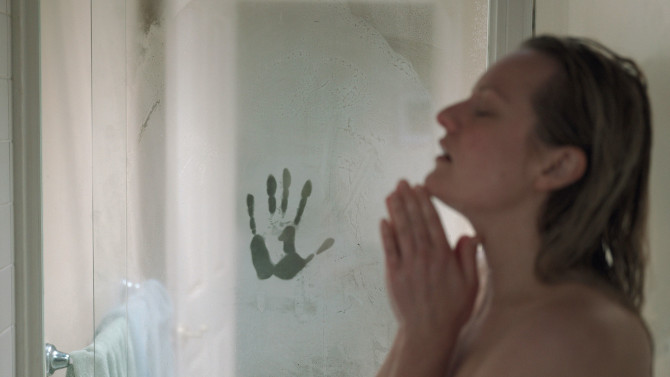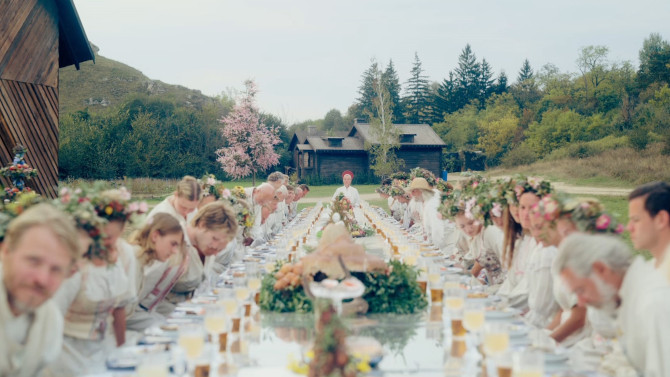
An Impossible Mission
How do you wrap up a franchise like Mission: Impossible? That is, if this even is the final installment... as they’ve made it sound (while at the same time, stars not named ‘Tom Cruise’ pipe up and suggest that might not be so). It has been twenty-nine years, with different writers and visionary directors – from twisty Brian De Palma and the action hair stylings of John Woo, to the lens flares of J.J. Abrams and animation expert Brad Bird, it was only about ten years ago that the franchise decided to opt for The Usual Suspects scribe Christopher McQuarrie for the final four. To return to that opening question once more, you could end with a Sopranos’ style cliffhanger, simply make another entertaining movie like the many before – like Everybody Loves Raymond did it with its final episode, or try to tie everything up in a neat little bow by bringing everything together as the Daniel Craig era did with James Bond. Well, it is definitely more along the lines of the latter example, with some distinct differences.
-

Rarely Seen
The Invisible ManOctober 21, 2020A rare example of a remake done right, 2020's The Invisible Man, written and directed by Leigh Whannell, takes the general idea from the 1933 classic (as well as the 1897 novel by H.G. Wells) and updates it for the twenty-first century, never going too far, giving it a crisp, claustrophobic feeling. Stuck in a violent, psychologically draining relationship, we are dropped right into the troubled life of Cecilia Kass (Elisabeth Moss), a woman who is trapped under the all-controlling dome of tech wiz millionaire Adrian Griffin (Oliver Jackson-Cohen) – who has hit it big in the field of optics. Disturbingly controlling, his abode, like the overall story, has been updated for the twenty-first century – instead of a gothic castle full of secret passages and torches, it is a sleek, ultra modern, hyper reflective open floor-plan mansion teetering on the edge of the ocean. . . with all of the technology needed to keep the outside world at bay (and the inside guests trapped).
-

Midsommar Murders
MidsommarOctober 18, 2020If you were ever to create a list of unsafe places to travel, it is unlikely that Sweden would even make it anywhere near that piece of paper, or tech device – for those more modern individuals. Though after watching 2019's Midsommar, written and directed by Ari Aster (who exploded onto the scene with 2018's Hereditary), some people might be reconsidering the stunning Scandinavian country. A slow burner of a dark horror mystery fairytale in the vein of The Wicker Man (preferably the 1973 vehicle starring Christopher Lee rather than the 2006 remake with Nicholas Cage), this narrative starts off in a pretty dark and depressing way. Let’s just say that Dani (Florence Pugh – Little Women), who is in her early twenties, becomes orphaned in the blink of an eye.
-

Unhallowed Ground
Burial Ground: The Nights of TerrorOctober 15, 2020Of course, it is a good rule of thumb to never fool around with any zombies – after all, they can really make a mess of your pristine clothing – not to mention the whole ‘eating you’ thing. But here is something you perhaps didn’t know. . . the worst zombie of all – the ancient Etruscan. A gonzo, go for broke, grindhouse motion picture out of Italy, 1981's Burial Ground, directed by Andrea Bianchi (a wildcard, edgy film maker if there ever was one), is not for the faint of heart. Set in a stunning, if slightly shabby country villa (beautifully shot on location), a group of people have the misfortune of having been invited to celebrate a professor’s exciting new discovery. . . only problem, by the time they all arrive, the scientific mind (Raimondo Barbieri), has already been ripped to shreds by these walking dead Etruscans – you don’t have to worry too much, the prof’s fashion sense wasn’t very good.
-

Flashback Slashback
Evils of the NightOctober 13, 2020A bizarre, below B grade indie horror/sci-fi/teen sex comedy hybrid, 1985's Evils of the Night, co-written and directed by Mardi Rustam, attempts to bring in the most popular genre films of the decade – think a combination of Friday the 13th, The Thing, and Revenge of the Nerds (minus the nerds), making for a surprisingly entertaining, if poor film (that all revolves around a battle of the ages – notice I used the word ‘of’ instead of ‘for’). An overly excessive, gloriously pushed to the brink example of the 80s indie horror scene, you’ll see more legs and breasts than in a family size bucket of KFC chicken, more hair than a twenty-four pack of Busch beer, and, as it is mostly set in a picturesque forest, you’ll see more hardwood than softwood – if you catch my drift. Of course, I’m talking about the raucous teen party going on here, including some fetching young men and women – engaged couple Ron (Keith Fisher) and Heather (Bridget Holloman), as well as poor Brian (David Hawk), who endlessly struggles to win over ditzy blonde Connie (G.T. Taylor) and the slightly less ditzy Nancy (Karrie Emerson). Now, before you feel too sorry for the girls in regards to the nudity, for these young actresses, fear not – ringers, and by that, I mean pornstars (i.e. Amber Lynn, Crystal Breeze), were brought in for the edgier stuff.
-

Midnight, the Stars and You
Doctor SleepOctober 10, 2020Walking a tightrope between overt nostalgia picture and standalone film in its own right, 2019's Doctor Sleep comes to life thirty-nine years after Stanley Kubrick’s The Shining became an instant horror classic loved by almost everyone. . . except by its own author, Stephen King. This time, writer/director Mike Flanagan attempts to appease both sides, a gargantuan task that would could cause almost any talented film maker to crumble under the weighted pressure. . . yet somehow, he is able to stay on that extremely narrow tightrope, building an engaging narrative that should be fun for both hardcore fans and newbies to the so-called franchise. If The Shining was about addiction, Doctor Sleep looks at the long road back through rehabilitation to sobriety. Sometimes lost in all of the over-the-top craziness coming from Jack Nicholson’s fantastic portrayal of Jack Torrence, his poor son Danny must have had quite the life afterwards. Giving us a bird’s eye view into this character, he is now an alcoholic adult (played by Ewan McGregor), running from his past demons and any semblance of a normal life in the present.
-

Parisi Place
The Police Are Blundering in the DarkOctober 8, 2020And suddenly, a new contender arises. . . and by that I mean for all-time great giallo titles. Evoking the very essence of the Italian genre, 1975's The Police Are Blundering in the Dark, directed by one-and-done film maker Helia Colombo, may not have the sheer audacity of a title along the lines of Your Vice is a Locked Room and Only I Have the Key, or the more macabre imagination of Death Walks on High Heels, but it is murder mystery cool personified. With the police only arriving for the final few minutes of the film (making it all a bit misleading). . . the title is actually in reference to a newspaper headline highlighting the incompetence of the fuzz in rural Italy. With four nude models having recently been murdered (by way of scissors or some other sharp instrument) – oh, the humanity!!! – all roads somehow lead to the Parisi estate.
